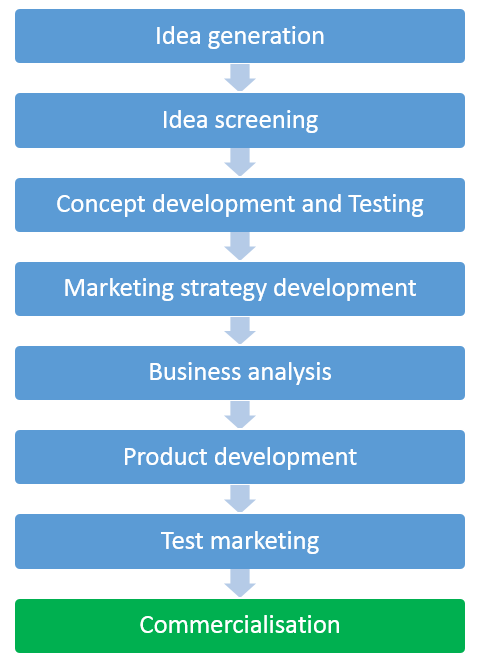6 Easy Facts About Prototype Your Product, Protect Your Brand Explained

Get This Report about Design Thinking: Get Started with Prototyping

So, with a slow model, usability-test individuals may notice more design details or take in more content than they normally would with a live system. If the page expected to appear next is difficult to find in a paper prototype or slow to load in a clickable prototype, take away the current screen the user is taking a look at, so she is instead looking at a blank page or location.
The test facilitator can help this procedure by saying simply a couple of words to assist the user recuperate the context for example, "Simply a recap, you clicked About Us." such as affordance, page hierarchy, type legibility, image quality, along with engagement. More Discussion Posted Here suggests that test participants will be most likely to act realistically, as if they were engaging with a genuine system, whereas with a sketchy prototype they might have unclear expectations about what is supposed to work and what isn't.
With a static model, there is a lot of pressure on the "computer" and a sporting chance of making a mistake. Hurrying, stress, nerves, paying attention to user clicks, and browsing through a stack of documents can all make the "computer system" panic or simply slip throughout the test. Advantages of Low-Fidelity Prototypes Creating a clickable prototype takes some time.
CX without design only gets you halfway - McKinsey

Share designs and prototypes using pre-defined presets in XD
The Best Strategy To Use For Prototype Advertising Inc in Moneta, VA with Reviews - YP.com
(You still need to organize pages prior to the test so the "computer" can easily find the best one to present. But doing this is typically a lot faster than preparing a clickable model.) A designer can sketch a quick action, and erase or alter part of style between test sessions (or during a session) without stressing over connecting the brand-new page in the interactive model.
They might better understand that you are undoubtedly evaluating the design and not them, feel less required to be effective, and be more likely to reveal negative responses. Designers are more likely to wish to change a questionable style than one with complete interaction and aesthetics. As soon as we invest more time and sweat in a design, it's more difficult to offer it up if it does not work well.
